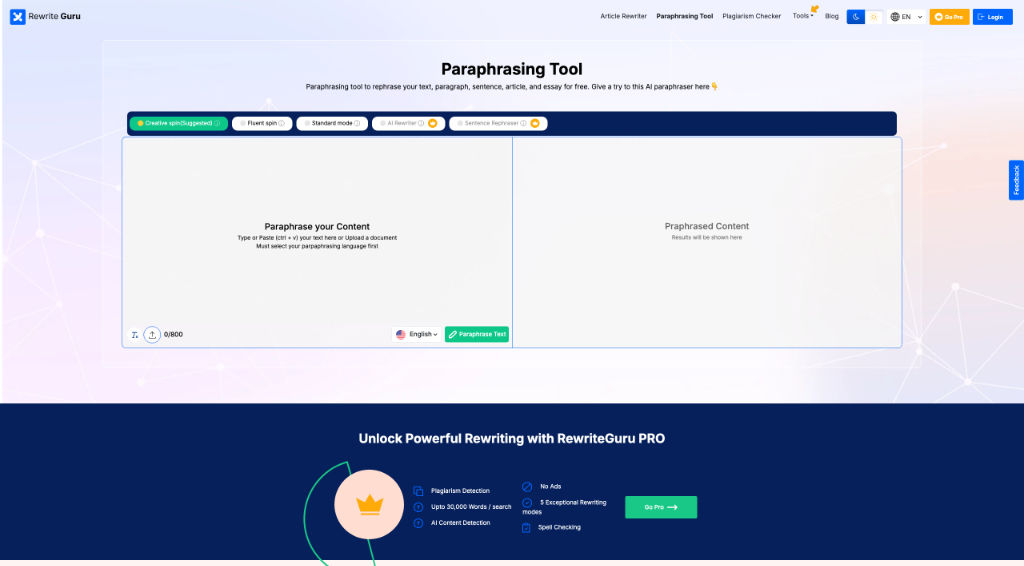
How To Handle Multi-Region SEO for Industrial Websites
Industrial companies often serve businesses across different countries. So, ranking in their targeted regions doesn’t become just their choice but a necessity. Without it, they can’t attract local buyers from the locations where they offer services. However, ranking on search engines in each targeted region is not about just simply translating your site.
Instead, you have to implement the best regional SEO practices to get visibility in those areas. And let’s face the fact that handling multi-region SEO requires a pretty different approach or strategy. That’s what we are going to talk about in this guide. This post covers some of the most effective regional SEO tactics for industrial websites. So, let’s get started.
Use ccTLDs If You Target a Few Regions
First of all, check how many regions you are planning to target. If your brand aims to help other businesses in just a few countries, it’s advisable to use ccTLDs. These are country code top-level domains that end with country-specific extensions like .uk, .ca, .de, or .au.
When you do so, you actually give strong geo signals to search engines. As a result, they prefer your pages over generic websites when showing results in your targeted regions. Moreover, people also tend to trust local domains, making them spend more time on your site. Together, both these things strengthen your regional SEO.
Utilize gTLDs for Scalable Reach
If you want to target many countries to scale your B2B business, ccTLDs won’t work in this case. Why? Because handling the SEO of separate domains for each country could be challenging. In such a situation, you need to go for a generic top-level domain with subdirectories.
This way, you can still do effective regional targeting. The additional benefit of this approach is that it becomes easier to manage SEO workflow because you deal with just a single site. Also, you can easily grow your brand to more countries by just adding another subdirectory.
Implement Hreflang Tags Correctly
Hreflang plays a pivotal role in deciding which page shows up in which region. Without them, your French page could appear in Canada or your Spanish page in Germany. If this happens, all your regional SEO efforts would be in vain. That’s why you should make sure that you use the correct hreflang with pages.
You can do it in the three following ways:
- HTML Tags
- HTTP headers
- XML sitemaps
By doing so, you ensure that the search engines show the correct version of your page in a particular region. Also, it eliminates the risk of content duplications, mainly when you translate the same page in different languages.
Localize Content for Each Region
While this practice can take a lot of time, your hard work invested in it pays off later. How? By retaining the users from all regions longer on your site. This directly influences key SEO metrics like bounce rate, dwell time, and engagement rate positively. Consequently, your chances of ranking in those regions increase significantly.
So, instead of just changing the language, localize other things like:
- Examples
- Facts
- Figures
- Data
- Case studies
- Symbols
- Format
- Tone
- CTAs
All these details show the users from different countries that a page has been made explicitly for them.
Optimize Pages for Local Keywords
Remember, when you enter multi-region SEO, your keyword targeting strategy changes entirely. Here, you don’t focus on global search queries. Instead, you have to find and cover keywords that the potential visitors of your B2B industrial website are searching for.
Another thing to keep in mind is that local keywords are in the native language. Like if someone is searching for industrial air compressors in Germany, they are likely to use German terms. That’s why you need to find the local versions of the same keyword to optimize your pages for relevant searches.
Keep Messaging Clear Across Regions

When producing multilingual content for your industrial website, it’s easy to fall for lingual complications. Since most of the time you just translate the English versions into different languages, your message can lose clarity or sound unnatural. This often leads to lowering user experience, which is not good at all for regional SEO.
To avoid this, make sure that you:
- Avoid word-for-word translations.
- Don’t use difficult terms.
- Use simple sentence structures.
- Favor local wording over generic.
- Vary sentence length naturally.
Since you will be working on too many pages simultaneously, it’s better to automate content refinement in each language. For faster and more accurate improvements, you can rephrase your content using a paraphrasing tool. From enhancing word choice to simplifying sentences, it contributes in different ways to bringing clarity to your multilingual content.
Rely on a Content Delivery Network
Website speed still remains one of the significant ranking factors whether you target a single country or multiple regions. And you must know the fact that a hosting server may lag to deliver content in different countries at the same time. This may affect your site load speed, making it slow down when someone opens your location-specific pages.
However, the best possible solution to make your industrial site load faster in all targeted areas is using a reliable content delivery network. CDNs typically cache content in edge servers and reduce the load on your primary server. As a result, the content shows up instantly as users land on your pages, reducing bounce rate and increasing dwell time.
Get Multiple Region-Specific Backlinks
When it comes to building authority in different regions, it becomes essential to earn backlinks from those locations. Google, in its guide about working with multi-regional websites, also says that local backlinks are more effective for ranking in geo-targeted areas.
These links tell Google that your pages are relevant and trusted in that specific country. Here is how you can get region-specific backlinks:
- Get listed in local directories.
- Collaborate with regional industry blogs.
- Build partnerships with local businesses.
- Send news releases to local business media.
- Provide localized marketing materials, such as a print business card, to make a lasting impression.
- Sponsor regional events and trade shows.
- Reach out to authoritative sites in that region for guest posting.
The more the sites from your targeted locations link to your site, the more authority it gains in that market. This ultimately leads to higher rankings in those areas.
Simplify Navigation for Regional Users
Easier navigation can also strengthen your multi-region SEO by improving the experience of users from all of your targeted countries. If the users are satisfied with your industrial site, this means search engines get enough trust signals to rank it in different regions.
But how would you make navigation easier for users? The answer lies in offering a clear and easily clickable language selector. It should be placed so that users can easily see it after landing on the page and change the language without any problem.
For the convenience of visitors, you can also use a country flag with each language. This ensures visitors see the version of the content that’s most relevant to them, keeping them engaged.
Apply the Best On-Page SEO Practices
On-page practices remain almost the same for regional SEO of an industrial website as for standard SEO. However, there are some additional factors that you have to keep in mind when optimizing your pages. Let’s look at them along with the basic tactics.
- Write SEO-friendly titles and descriptions.
- Ensure the main keyword is correctly placed.
- Don’t stuff your content with secondary keywords.
- Structure your content properly to make it easily scannable.
- Add pictures where needed and optimize them, too.
- Use correct language and character encoding.
- Add structured data with region-specific info.
- Optimize photos with alt text in the local language.
- Keep internal links within the right regional sections.
Along with these practices, avoid duplicate content issues at all costs. This is especially advisable for multiple versions of the same page in different languages.
To Sum Up
In a nutshell, regional SEO for an industrial website starts with deciding on the correct domain structure. Then, it involves many other things like localizing content, optimizing pages for region-specific keywords, earning regional backlinks, etc. We have discussed all the necessary practices for the ranking of an industrial website across different regions above. And we hope that you have gone through all of them. So now you are ready to implement the learned strategies to your website and rank it to your targeted locations.



